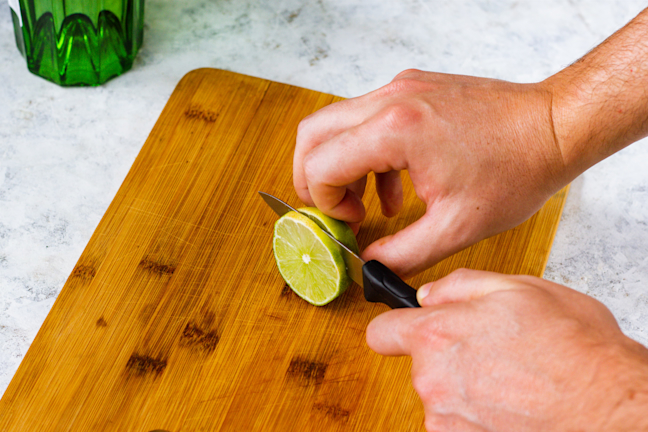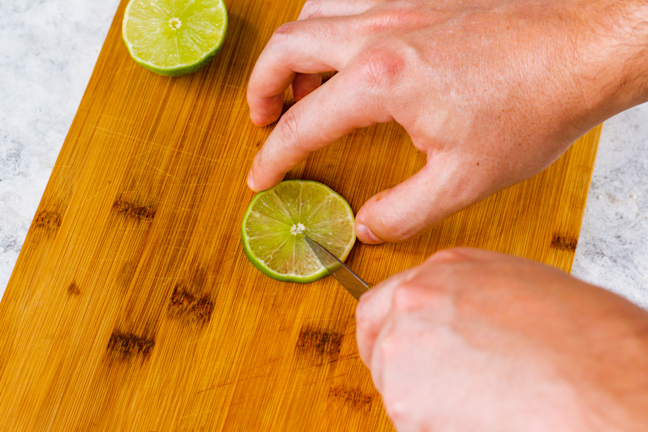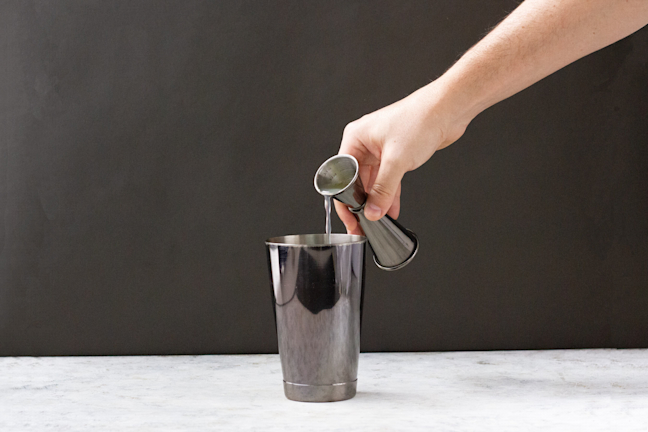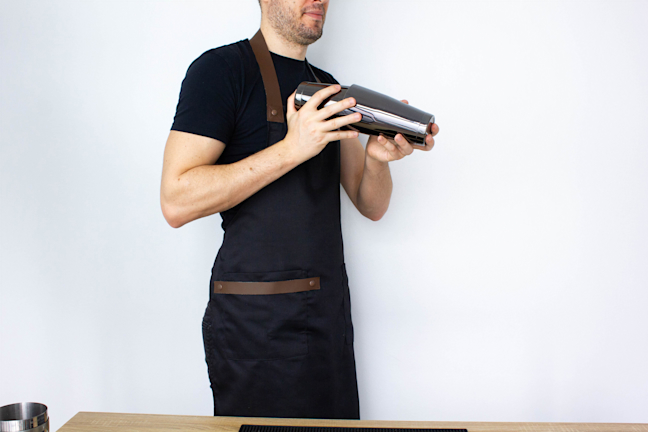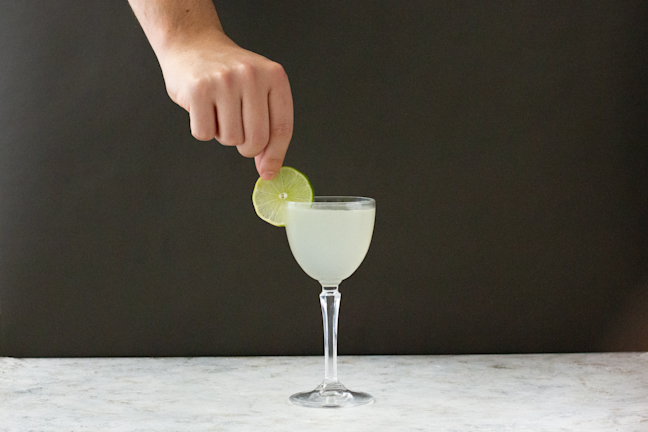Cocktail Craft II: Beyond the Gin & Tonic
Let’s apply some of the things you learned in the previous lessons.
There’s a good chance you got this app because you really like Gin & Tonics and you’d like to see what else is out there. You’re in luck!
Gin is one of the most used spirits in the cocktail world, and you’ll find that a lot of classic and modern recipes call for it.
In this lesson, we’ll be making a Gin Sour.
Getting Ready
We’ll assume at this point that you’ve got your hands on some bartender tools: a cocktail shaker, a strainer, and a jigger. You’ll also need a knife, something to juice citrus with, and a coupe.
Before you do anything else, start by putting your choice of glassware in the freezer. It’ll make sense later, trust us. Ideally you’d do this at least an hour prior to making your cocktail. This is an optional step, but do it if at all possible.
There are different types of gin, but we’ll be using the London Dry variety. This is the most readily available type of gin, so hopefully you’ll be spoiled for choice. If you’re buying a bottle, check that it says “London Dry” and that it is not infused (flavored).
Our suggestions:
- Beefeater
- Tanqueray No. Ten
- Plymouth Gin
Note: If you aren’t fond of gin, keep reading, we’ll give you a similar recipe to use with the bottle of rum you got for the Mojito.
The Recipe
Gin Sour*
(sometimes referred to as a Gimlet**)
- 60ml / 2 oz gin
- 30ml / 1 oz lime juice
- 22.5ml / ¾ oz simple syrup
Garnish: Lime wheel
Daiquiri
- 60ml / 2 oz white rum
- 20ml / ⅔ oz lime juice
- 10ml / ⅓ oz simple syrup
Garnish: Lime wheel
Instructions
* Gin sour recipes sometimes include egg white: this is optional. We’ll be making cocktails that make use of this ingredient later on, but for now, we will stick to the recipe sans egg.
** The classic Gimlet recipe calls for lime cordial instead of fresh lime juice. Arguably, the modern version of the Gimlet uses the latter; giving us two recipes: One classic and one modern. When you see Gimlets being mentioned, they may be referring to either of the two recipes, just be aware that the original uses lime cordial.
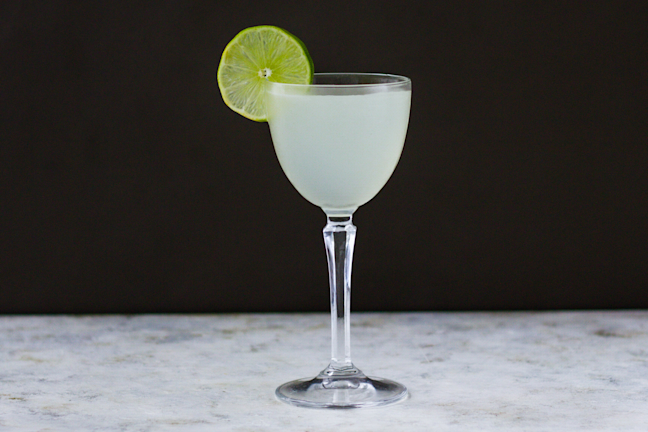
Et Voilá! You have successfully made another cocktail!
As a final note for this lesson, we want to make a quick point about straining:
Proper straining will indicate that you are paying attention to detail. Fruit pulp on the sides of a glass is very unappealing.
Catching even the tiniest piece of ice is perhaps a bit more open to personal taste: Some people like that there’s a little bit of ice (a minimal amount) because it makes the cocktail look more inviting; it evokes a very refreshing prospect. The other camp will say that any ice in the drink will bring additional dilution and ruin the cocktail’s texture.
Both points are valid, so it’s best if you figure out which side you and your guests are on, and go with that.
